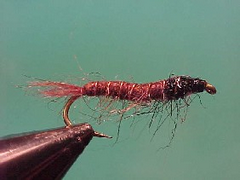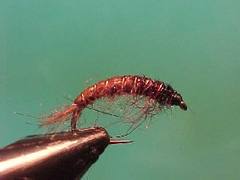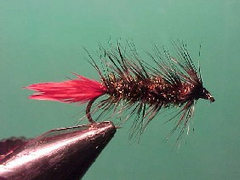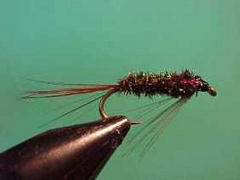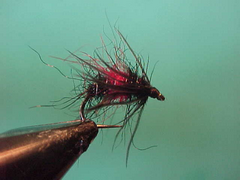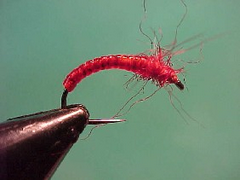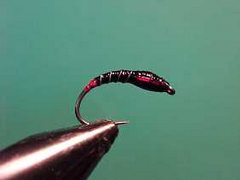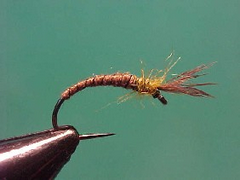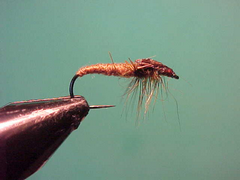Free swimming caddis
The third group are the free swimming caddis grubs. These caddis grubs move amongst the detritus matter and the rocks foraging for food and partners and of course drift in the current assuming the fetal position or free swim in the current as they migrate down stream.

